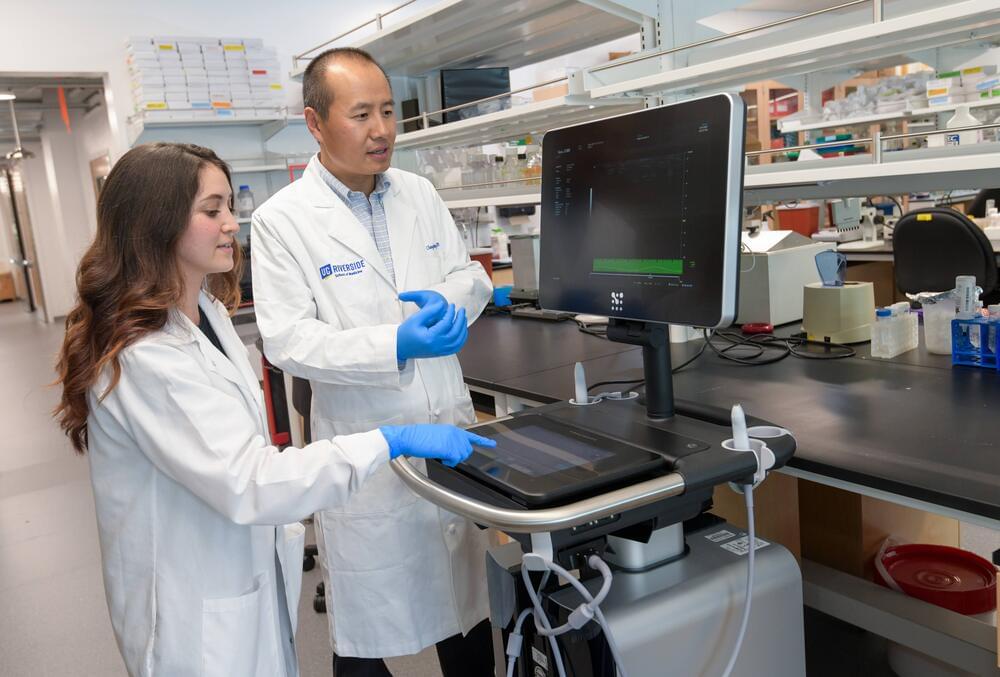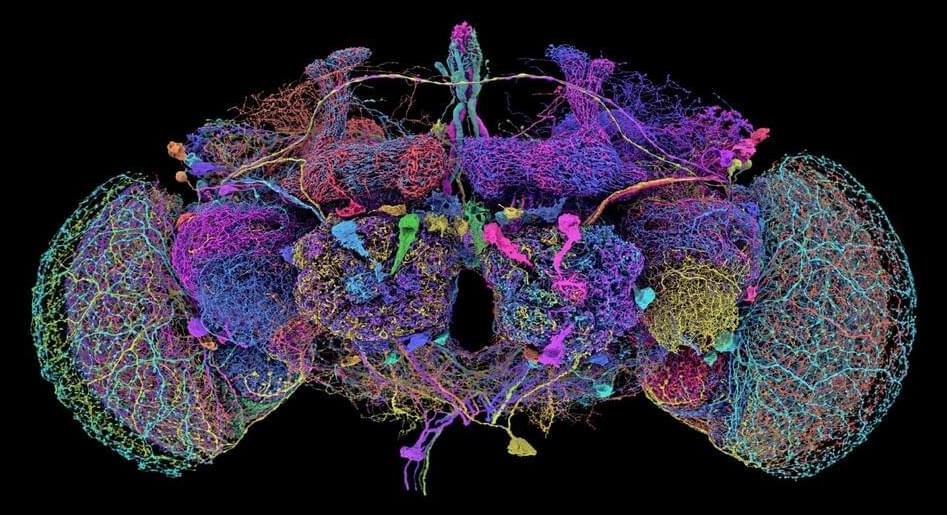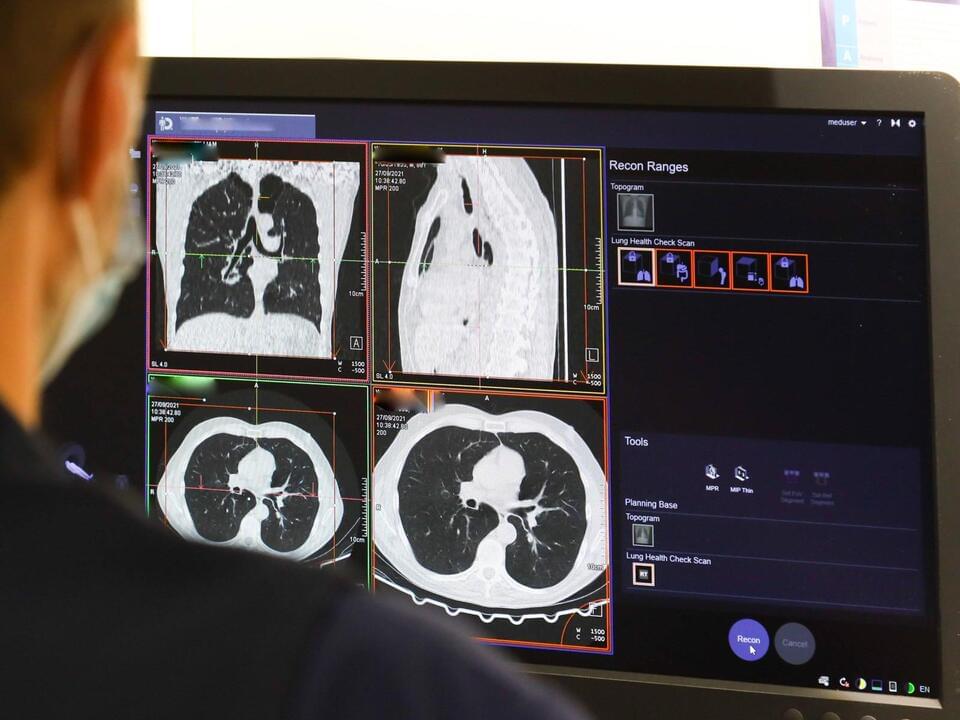According to the National Institute of Environmental Health Services, nearly 50 million Americans are currently living with an autoimmune condition. It’s the third-largest category of diseases affecting the nation, according to the agency. Doctors and scientists have been using a number of promising CRISPR treatments to address some of these conditions; now, the results of a new study in China could offer a way to make these treatments even more widely available.
As Nature‘s Smriti Mallapaty explains, the study focused on three people whose treatments were created using donor cells as opposed to cells taken from the patients themselves. This is significant because the prospect of using donor cells allows for CRISPR treatments to be developed in larger quantities — something that could make a big difference in a lot of people’s lives around the world.
Mallapaty describes the three patients in the study as having “severe autoimmune conditions.” One of them, a man in his fifties with systemic sclerosis, said that he started feeling better within a few days, and was able to resume working two weeks after the treatment. This particular study isn’t the only one of its kind — Nature‘s reporting mentions that another trial was subsequently conducted with more patients, while another doctor is leading a similar study using donor cells to treat lupus.







